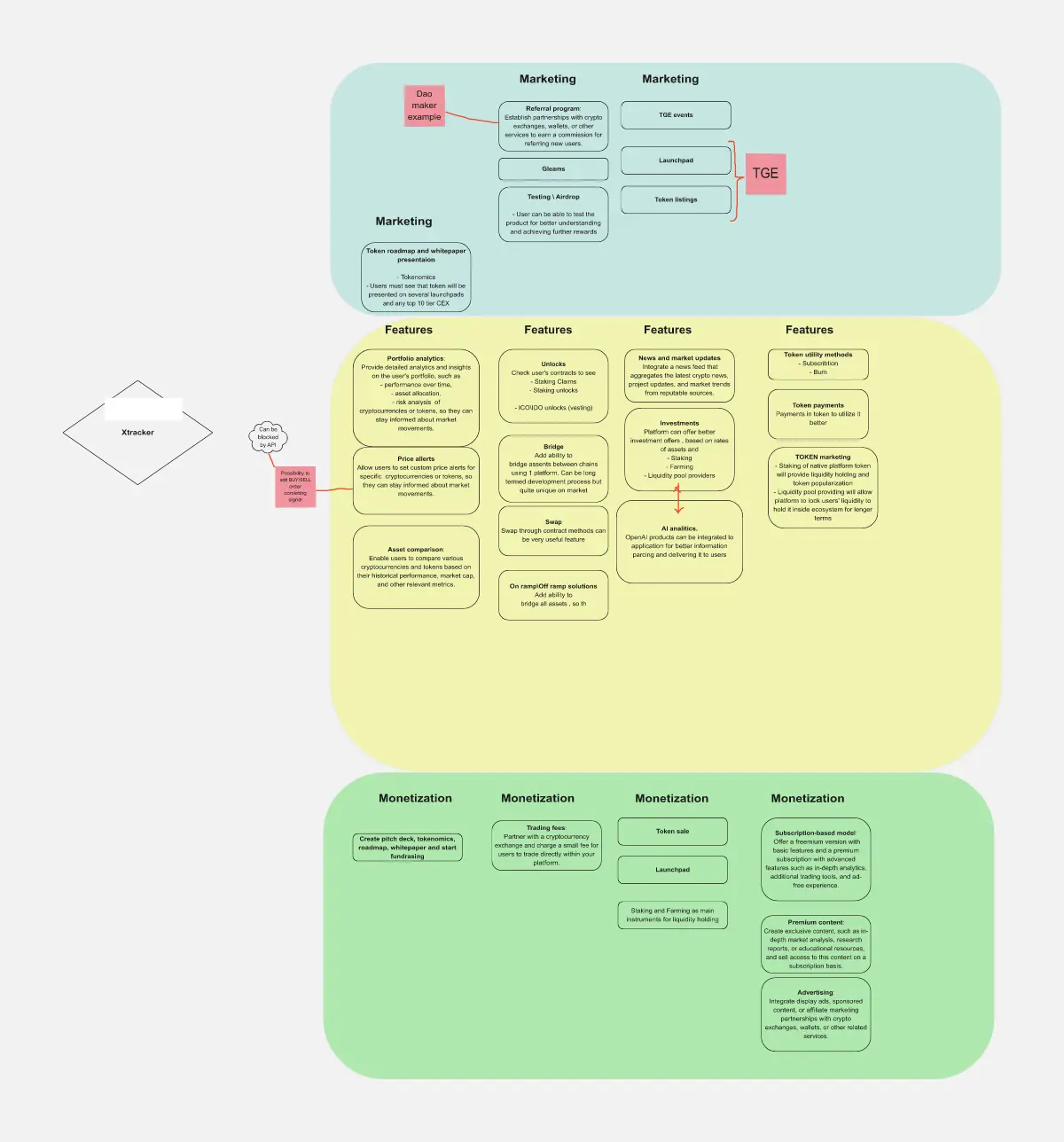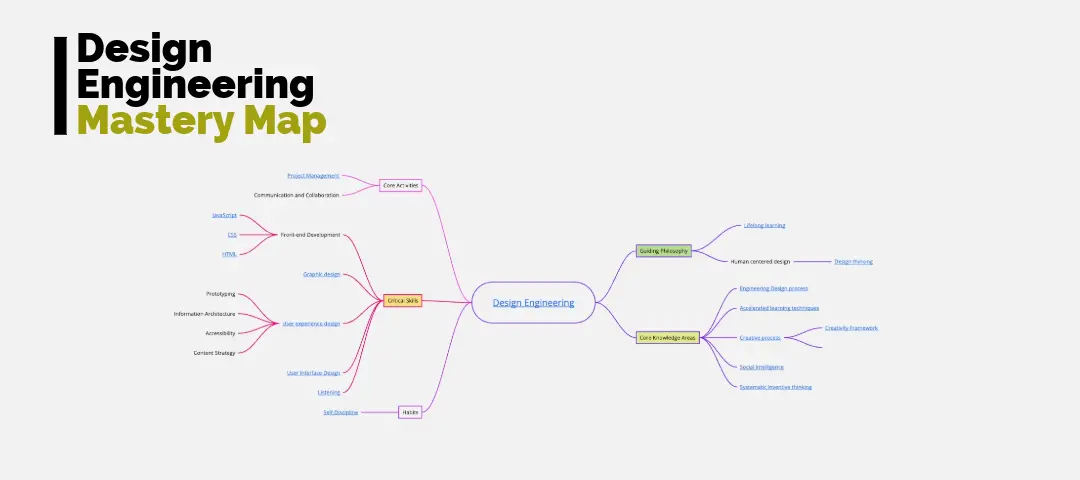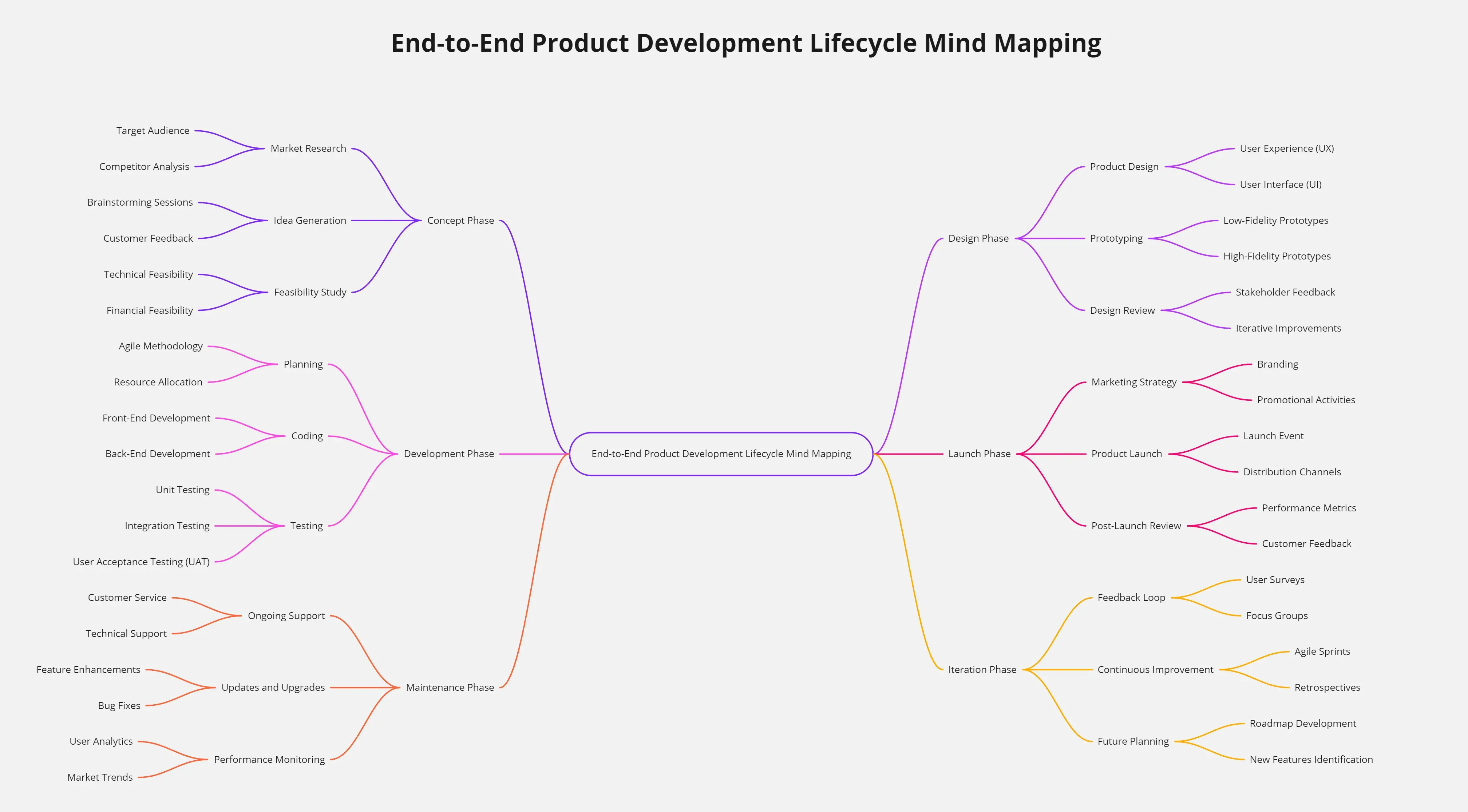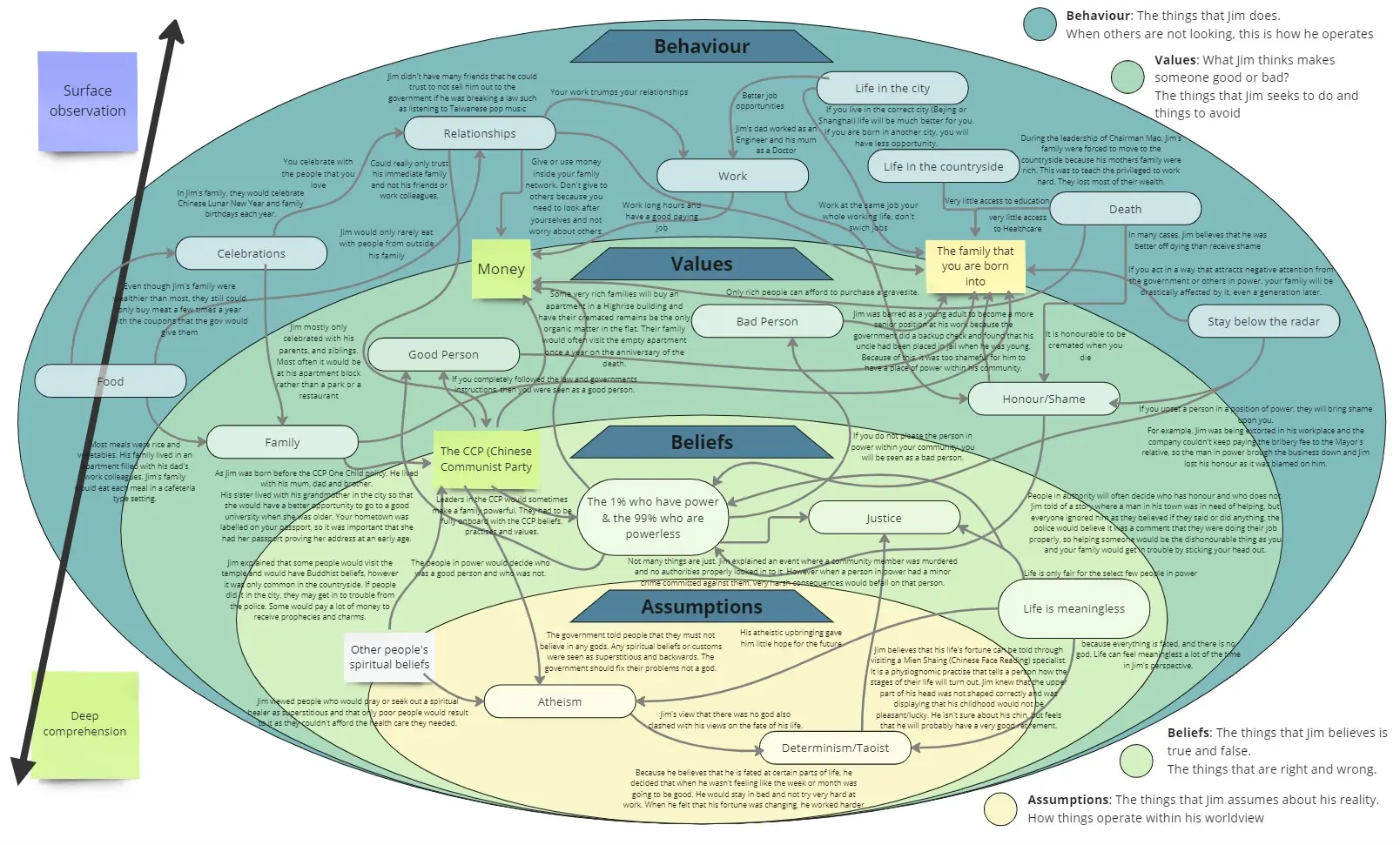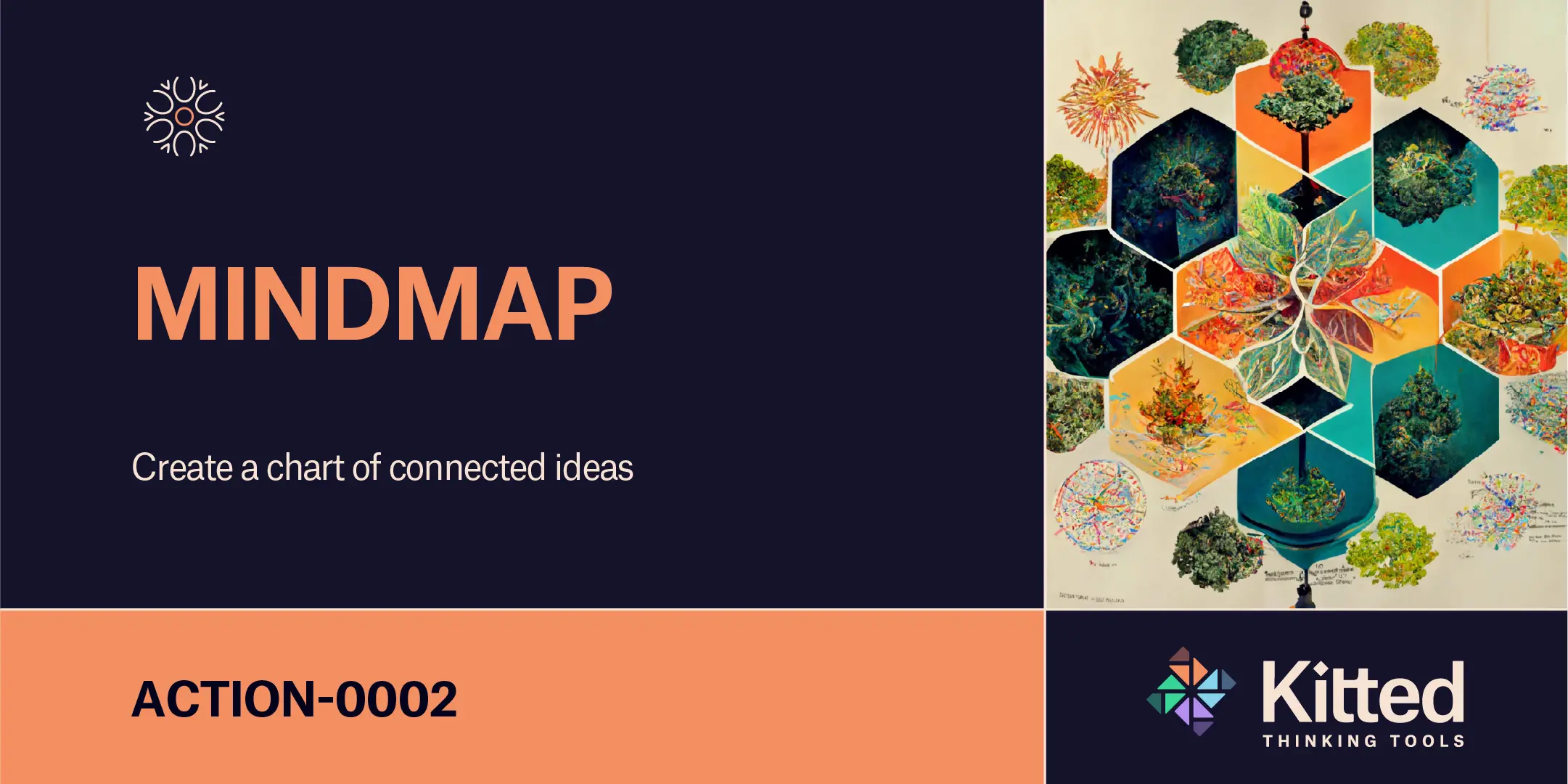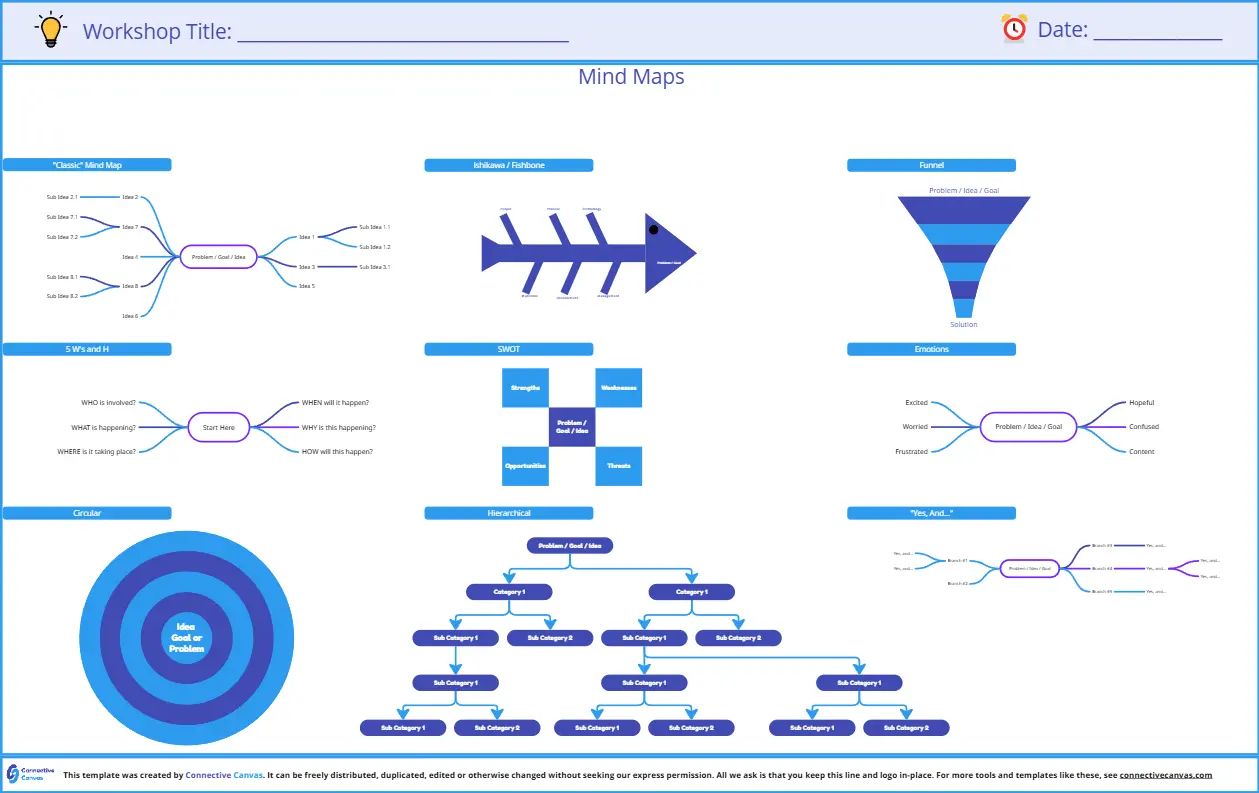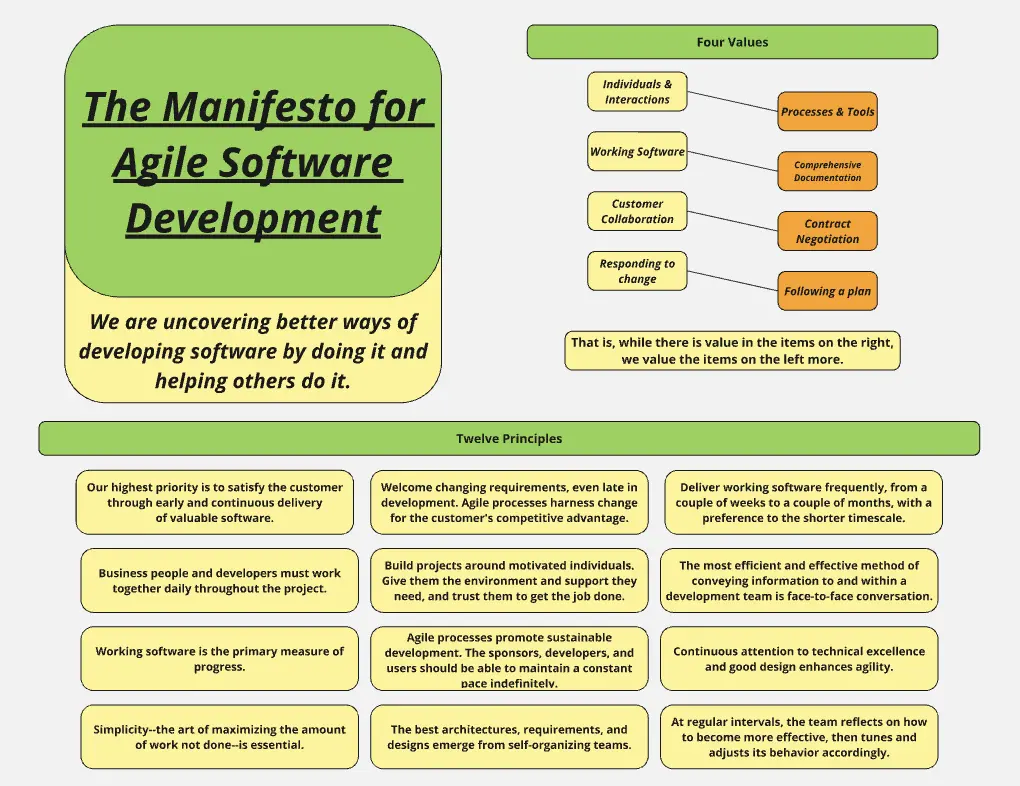Mind map templates
Miro's mind map templates help you unlock creativity and organize ideas effortlessly. Whether you're brainstorming, planning, or problem-solving, these templates provide a clear structure to visualize connections and spark new insights.
20 templates
Mind Map Template
14 likes1.1K uses
Mind Map Template
We see you, visual learners. You grasp concepts and understand data easier when they're presented in well-organized, memorable graphics. Mind mapping is perfect for you. This powerful brainstorming tool presents concepts or ideas as a tree — with the central subject as the trunk and your many ideas and subtopics as the branches. This template is a fast, effective way for you to start mind mapping, which can help you and your team become more creative, remember more, and solve problems more effectively.
Business Plan Mind Map Template
8 likes299 uses
Business Plan Mind Map Template
The Business Plan Mind Map Template simplifies complex business information by visually organizing each plan section as a branch on a mind map. This enhances communication, understanding, and attention to crucial aspects, making it an essential tool for developing effective business strategies.
Project Planning Mind Map
2 likes251 uses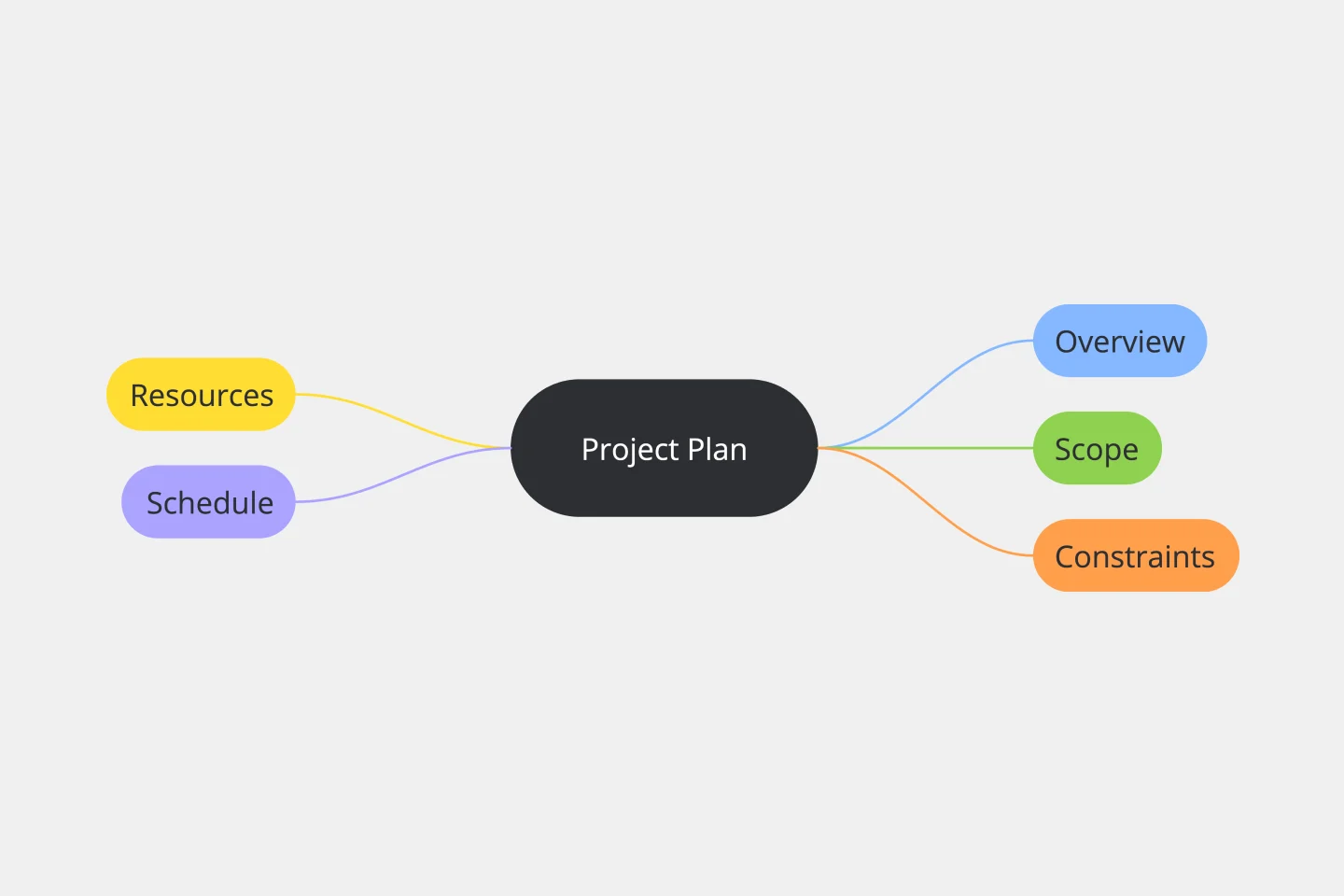
Project Planning Mind Map
The Project Planning Mind Map Template offers clarity and strategic insight for efficient project management. Its intuitive color-coding functionality makes it easy for your team to navigate complex details easily. You can assign distinct colors to different project elements, promoting efficient decision-making and collaboration. With our mind map template, project planning becomes a seamlessly visual and insightful experience.
Business Mindmap
822 likes4.6K uses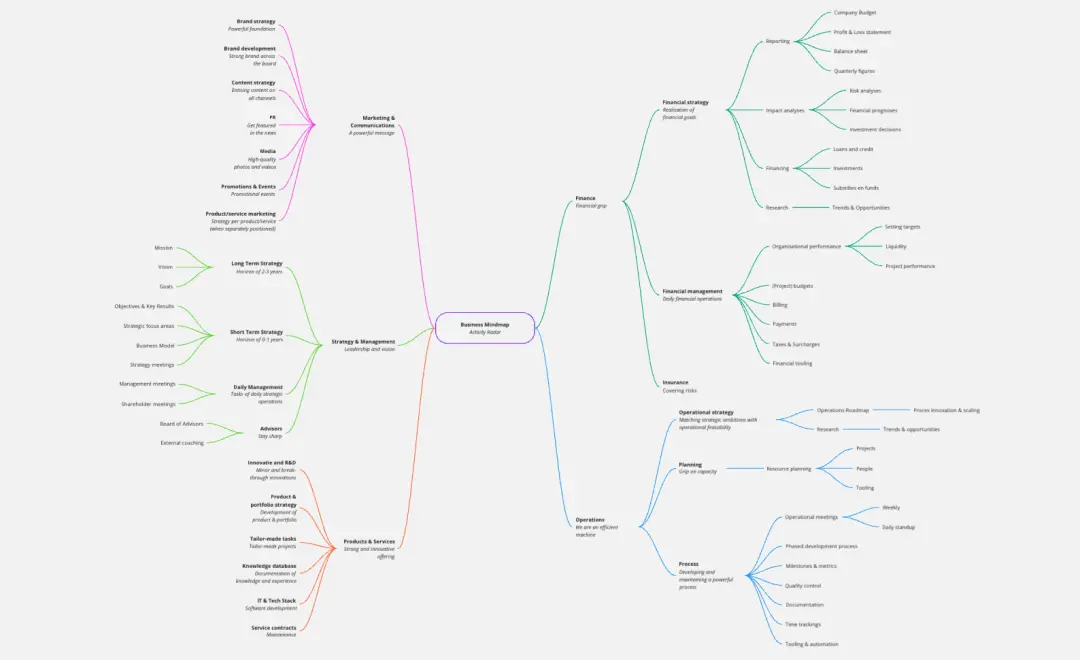
Business Mindmap
The Business Mindmap template is a visual tool for brainstorming, organizing, and presenting business ideas and concepts. It provides a structured framework for capturing and connecting thoughts, insights, and action items. This template enables teams to explore business strategies, analyze market trends, and develop innovative solutions. By promoting creativity and collaboration, the Business Mindmap empowers teams to generate and communicate actionable business plans effectively.
Concept Map Template
11 likes1.6K uses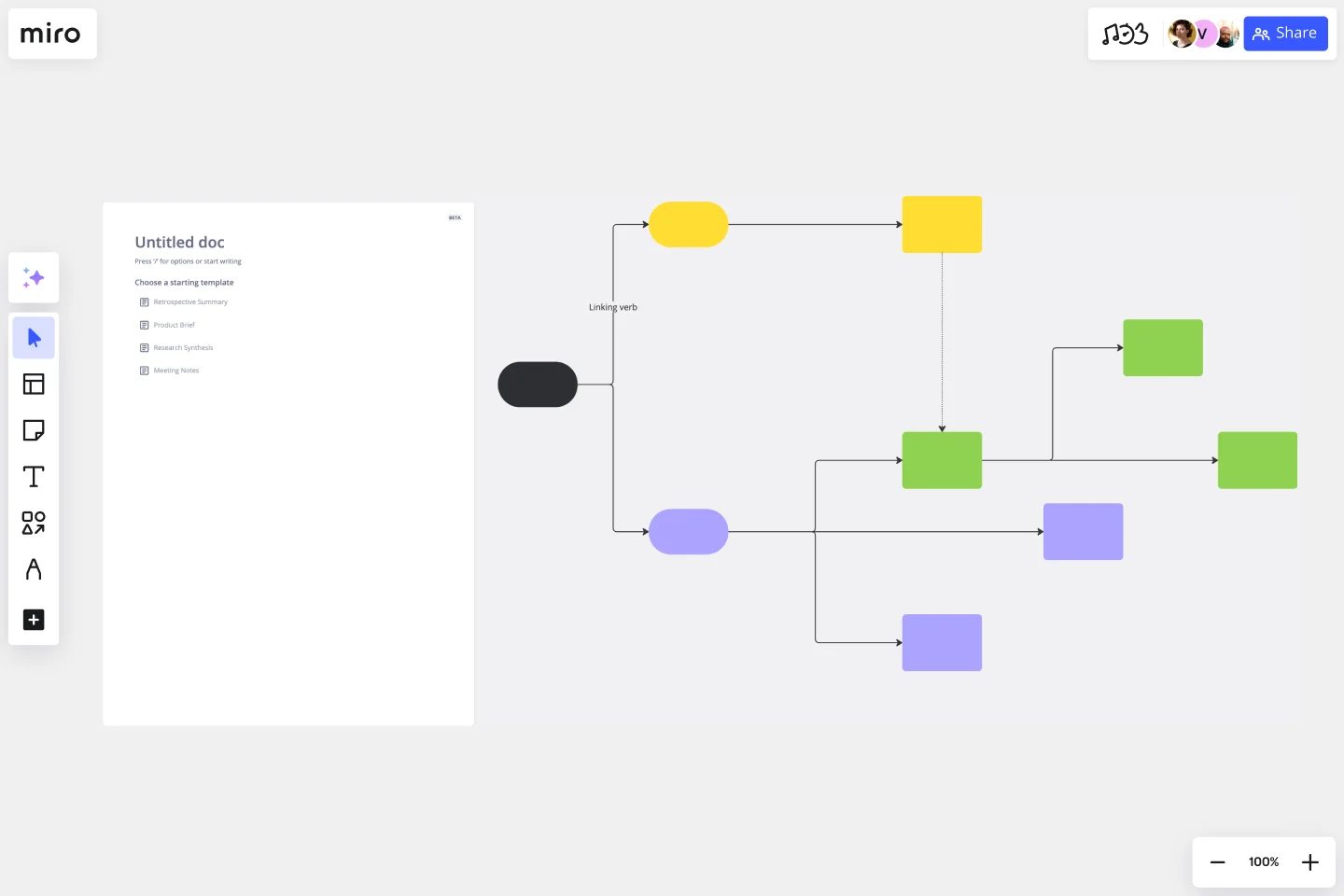
Concept Map Template
Use the concept map template to create new ideas, structure your thoughts, and bring your innovations to life. It allows you to explore connections between concepts and let your creativity flow in an organized format. As a result, you’re able to visualize how to bring your new ideas to reality and how various concepts relate to each other.
Mind Map Template
14 likes1.1K uses
Mind Map Template
We see you, visual learners. You grasp concepts and understand data easier when they're presented in well-organized, memorable graphics. Mind mapping is perfect for you. This powerful brainstorming tool presents concepts or ideas as a tree — with the central subject as the trunk and your many ideas and subtopics as the branches. This template is a fast, effective way for you to start mind mapping, which can help you and your team become more creative, remember more, and solve problems more effectively.
Semantic Map Template
4 likes1.1K uses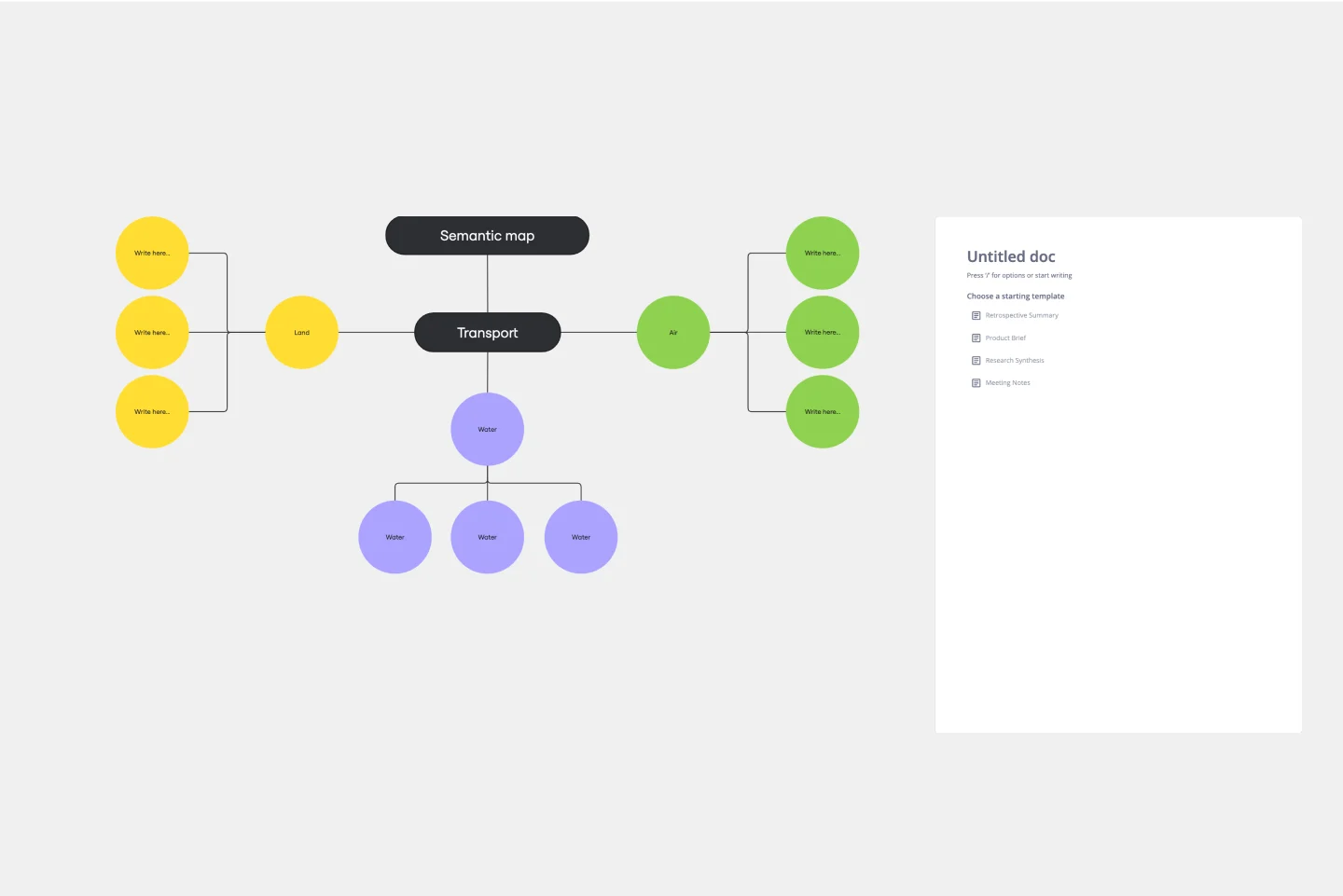
Semantic Map Template
The Semantic Map Template is a helpful tool that helps teams efficiently process and structure complex information. Its intuitive design promotes shared understanding, allowing multiple users to contribute and refine ideas simultaneously. This collaborative approach streamlines brainstorming sessions and creates a synergistic environment where collective intelligence thrives. By visually mapping out concepts and their interconnections, the template ensures that every team member is on the same page, which improves group dynamics and leads to more cohesive and comprehensive outcomes. The Semantic Map Template is a valuable tool for team-based project management and learning, thanks to its ability to foster collaboration and enhance productivity.
Empathy Map Template
3 likes554 uses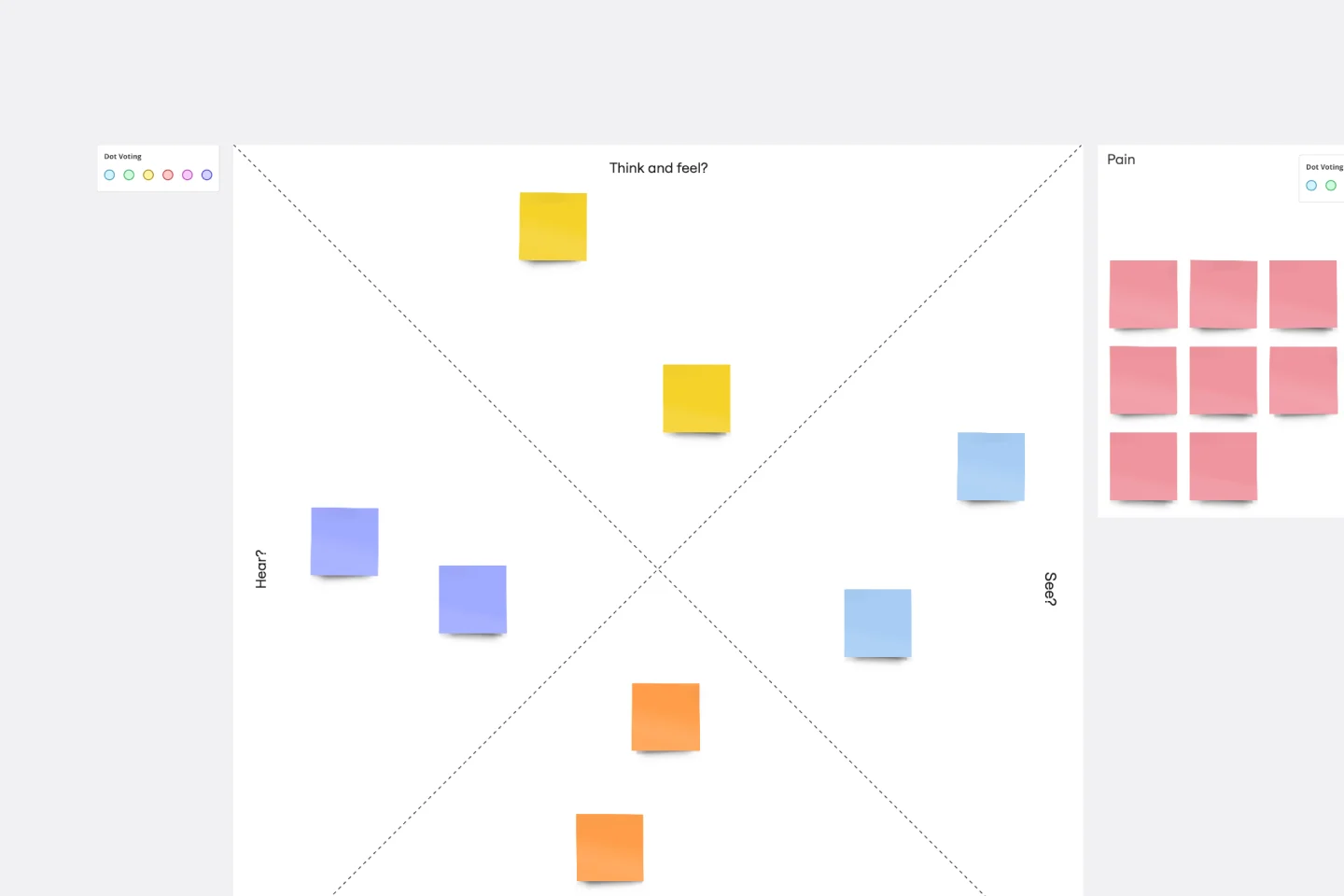
Empathy Map Template
Attracting new users, compelling them to try your product, and turning them into loyal customers—it all starts with understanding them. An empathy map is a tool that leads to that understanding, by giving you space to articulate everything you know about your customers, including their needs, expectations, and decision-making drivers. That way you’ll be able to challenge your assumptions and identify the gaps in your knowledge. Our template lets you easily create an empathy map divided into four key squares—what your customers Say, Think, Do, and Feel.
Mind Map
27 likes503 usesBrainwriting Template
4 likes345 uses
Brainwriting Template
Brainstorming is such a big part of ideation. But not everyone does their best work out loud and on the spot, yelling out thoughts and building on others’ ideas. Brainwriting is a brilliant solution for them—creative thinkers who happen to be more introverted. This approach and template invites participants to reflect quietly and write out their ideas, and then pass them to someone else who will read the idea and add to it. So you’ll get creative ideas from everyone—not just the loudest few.
Mind Map AI Template
9 likes320 uses
AI Accelerated
Mind Map AI Template
We see you, visual learners. You grasp concepts and understand data easier when they're presented in well-organized, memorable graphics. Mind mapping is perfect for you. This powerful brainstorming tool presents concepts or ideas as a tree — with the central subject as the trunk and your many ideas and subtopics as the branches. This template is a fast, effective way for you to start mind mapping, which can help you and your team become more creative, remember more, and solve problems more effectively.
Business Plan Mind Map Template
8 likes299 uses
Business Plan Mind Map Template
The Business Plan Mind Map Template simplifies complex business information by visually organizing each plan section as a branch on a mind map. This enhances communication, understanding, and attention to crucial aspects, making it an essential tool for developing effective business strategies.
Design Engineering Mastery Mind Map
20 likes251 usesProject Planning Mind Map
2 likes251 uses
Project Planning Mind Map
The Project Planning Mind Map Template offers clarity and strategic insight for efficient project management. Its intuitive color-coding functionality makes it easy for your team to navigate complex details easily. You can assign distinct colors to different project elements, promoting efficient decision-making and collaboration. With our mind map template, project planning becomes a seamlessly visual and insightful experience.
Product Lifecycle Mind Mapping
17 likes216 usesWorldview Mind Map
46 likes163 usesBrainwriting AI Template
6 likes87 uses
AI Accelerated
Brainwriting AI Template
Brainstorming is such a big part of ideation. But not everyone does their best work out loud and on the spot, yelling out thoughts and building on others’ ideas. Brainwriting is a brilliant solution for them—creative thinkers who happen to be more introverted. This approach and template invites participants to reflect quietly and write out their ideas, and then pass them to someone else who will read the idea and add to it. So you’ll get creative ideas from everyone—not just the loudest few.
Mindmap
7 likes73 usesWorkshop Mind Maps
13 likes66 usesOutcome Mapping Template
4 likes44 uses
Outcome Mapping Template
Use Miro’s outcome mapping template to improve your operational efficiency. Outcome mapping will help you visualize all the possible strategic outcomes for your upcoming project, allowing you to see into the black box to identify any potential challenges along the way.
Agile Manifesto Mind Map
7 likes33 usesMental Model Template
0 likes26 uses
Mental Model Template
Smart solutions and strong, strategic decisions. The best organizations make both, and a mental model is designed to help them do it. We give you a fast and easy way to try it out — just fill out our ready-made, flexible template and add sticky notes, shapes, and arrows to create a powerful map.
Mind Map Template
0 likes18 uses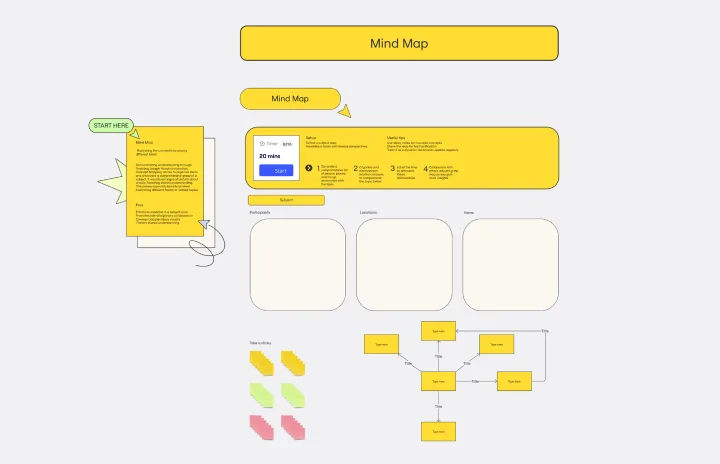
Mind Map Template
Based on Joseph Novak's innovation, Concept Mapping, this template helps to organize ideas and demonstrate a comprehensive understanding of a subject. It visually arranges all the details about a topic, which fosters shared understanding. This technique is particularly useful when explaining different facets or related topics.

Explore more
About the Mind Map Template
The mind map template is a well-organized, ready-to-use graphic tool for your next brainstorming session. Ideal for visual learners, this diagramming method avoids the rigid structure of other ideation techniques, focusing instead on the free association between concepts and ideas — connecting creative and logical thinking.
Miro’s free and fillable mind map template is exceptionally easy to use, with seamless drag-and-drop features and an infinite canvas to expand your diagram on as you need to. We’ll share more tips on how to make the most of our mind mapping template in the following sections.
How to use the mind map template
Miro’s free and customizable template makes mind mapping easy. You can fill it in as you brainstorm on your own or collaboratively with your team, whatever fits best in your work mode — whether you work remotely or in person.
Here’s how to use the mind map template in Miro:
1. Open the mind map template
Scroll to the top of this page and click on Use template. That’ll open the mind map template on a new Miro board, allowing you to start editing it. Simply click on the blue Share button on the top right of your Miro board to invite your teammates to work on the mind mapping template together in real time.
2. Start with the central concept
The large purple rectangle in the center of your mind map template – the one that says “problem” – highlights the specific question or central topic you’re trying to explore. It’s worth giving your team 5 minutes to brainstorm a few ideas when deciding on the main concept. When you’re ready, double-click on the pre-written text to replace it with your own.
3. Extend your mind map with branches
Mind maps always start with a central topic and branch outward as they expand. At the end of the first set of pink and purple branches, you’ll find empty text boxes labeled “type something.” Click on these text boxes to add your first few follow-up ideas. To rearrange the branches, simply click and drag them around. Repeat this step with the rest of your branches in the mind map template
Pro tip: Need more branches? Save time using the mind map template’s automated diagramming tools. Click on any text box to reveal the + button, and click on it to generate a new branch from that point that automatically comes with a text box on the other end.
4. Customize the mind map template
Miro’s mind map examples are easy to customize, and there are several steps you can take to truly make it your own. Try changing branch colors, text colors, or font styles. You can even add context to your mind mapping template using sticky notes, stickers and emojis, or dragging and dropping your own images and documents.
5. Share your mind map template
Want to walk your teammates through your mind map template in real time? Use Presentation mode to run live sessions straight from your Miro board with plenty of features to maximize participation — including reactions, and having others follow your cursor.
Rather work async? Use Talktrack to record immersive and interactive video walkthroughs that you can share with your teammates to watch in their own time. You can even start comment threads right on your Miro board and tag people in important discussions using @-mentions.
And if you’d rather export your Miro board as a PDF or image, we’ve got you covered. Just click on Export this board on the top of your board and choose your preferred file format.
When to use a mind map template
Mind mapping is one of the best ways to capture your thoughts and bring them to life in visual form. Beyond just note-taking, creating a mind map can help you and your team become more creative, enhance memory, and solve problems more effectively.
Here are a few scenarios where the mind map template comes in handy:
Brainstorming: Whether you're generating ideas for a project, planning an event, or coming up with solutions to a problem, mind maps help to organize thoughts creatively and expansively.
Project Planning: Mind maps can outline the steps, resources, and timelines for a project. They provide a visual representation of tasks, making it easier to understand the project's scope and sequence.
Problem Solving: When facing a complex problem, a mind map can break it down into smaller, more manageable components. This makes it easier to identify potential solutions and their implications.
Presentations: Mind maps can be an effective tool for preparing and delivering presentations. They help in structuring the presentation's flow and ensuring that all key points are covered.
If you want to learn more and improve your mind mapping skills, take a look at our guide to mind mapping.
